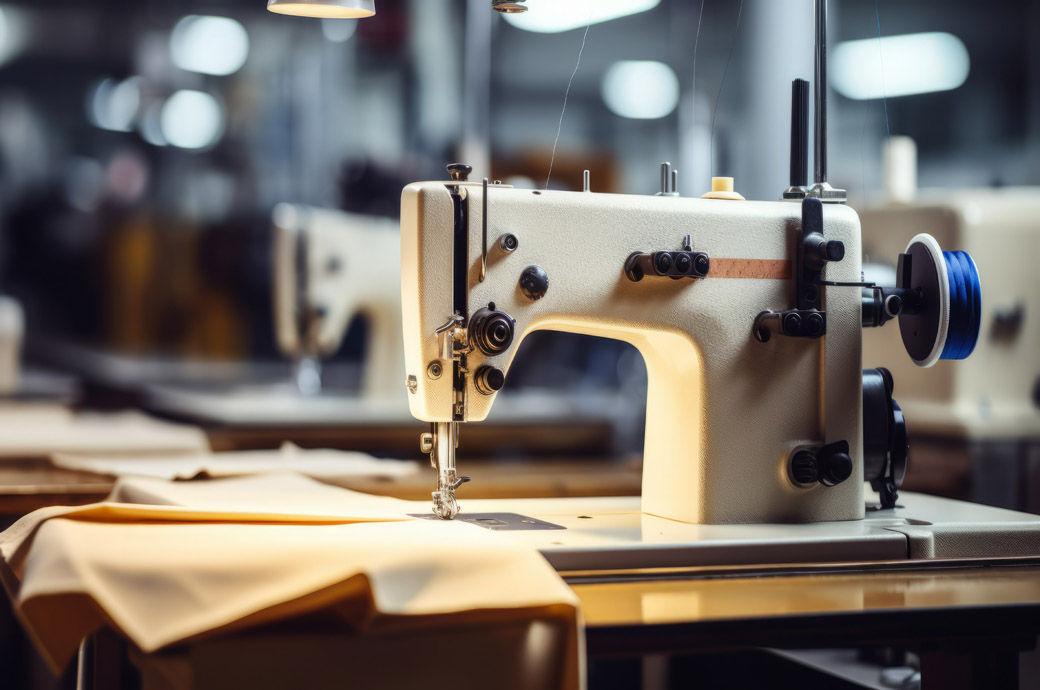

Moreover, business sentiment improved to its best in 2024 so far. In a less favourable perspective, demand conditions remained subdued as evidenced by further contractions in total new orders and international sales. Concurrently price pressures intensified.
Posting at the neutral mark of 50 in June, the headline au Jibun Bank Japan manufacturing PMI—a composite single-figure indicator of manufacturing performance—indicated no change in the overall health of the sector.
This followed a marginal improvement in operating conditions in May, when the headline figure registered 50.4.
Factory output expanded for the first time in over a year during June, albeit marginally. Where growth was signalled, survey participants commented on the clearing of outstanding business and stock building efforts. A few firms also suggested that a pick-up in demand for key products supported the rise, an S&P Global release said.
Overall new orders fell for the thirteenth successive month in June, but the pace of reduction was slight. Demand retrenchment was cited as the key determinant of lower sales by those firms that reported a fall.
A further decline in international sales contributed to the fall in total new business. Export orders decreased for the twenty-eighth month in a row and at the quickest pace since March. Anecdotal evidence highlighted deteriorating demand from Asia (particularly China and Thailand), Europe and North America.
Notwithstanding the current demand environment, manufacturers in Japan forecast an improvement in client appetite in the medium-term.
Optimism towards the year-ahead outlook for output continued to underpin job creation, with firms often commenting that existing vacancies had been filled.
Employment rose for the fourth consecutive month in June, though at a moderate pace that was broadly similar to May.
There was a sharper increase in input prices at goods producers. The rate of inflation climbed to a 14-month high. Subsequently, selling prices were raised to the greatest extent in over a year.
Trends for inventories were generally consistent, with both input and output stocks expanding for the second month running in June and at broadly similar rates to those seen in May.
The rise in raw material holdings was associated with the arrival of previously purchased inputs, while the uptick in finished goods inventories was attributed to unsold goods being placed into warehouses.
On the supply-side, there was a renewed improvement in lead times amid higher stock levels at vendors and subdued input demand.
Fibre2Fashion News Desk (DS)